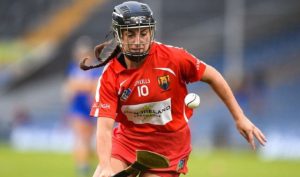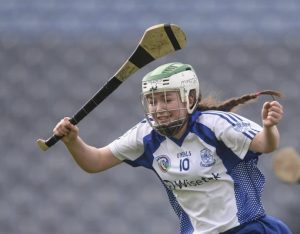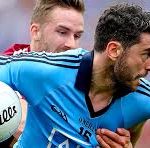Women’s Teams and Competitions
In Gaelic football, rules are pretty much the same for both men and women. But one thing women have a leeway with is that they can pick a ball up directly from the ground as long as they are standing. Interestingly, this is the fastest-growing female sport and especially in Europe among women of all ages.
However, women have come a long waytheir participation in this sport didn’t happen overnight.
Teams
In Australia, the teams are spread across the country but only four teams participate in the major league and championship games. The playing  calendar is ninth-month long as it runs between February and October but there are pre-season matches in between like the 7-a-side competition held in February in Melbourne. Then there is the 10-a-side competition hosted in Wollongong in early March. All this is capped by the 15-a-side competition by the Central Coast Club end of March.
calendar is ninth-month long as it runs between February and October but there are pre-season matches in between like the 7-a-side competition held in February in Melbourne. Then there is the 10-a-side competition hosted in Wollongong in early March. All this is capped by the 15-a-side competition by the Central Coast Club end of March.
One unique aspect of this game is that all league and championship games are played every single Sunday from April until September.
The women’s teams include:
- Young Ireland and Penrith Gaels which also has a men’s team.
- Cormac McAnallens GAC and Michael Cusacks GAC, these compete across all four codes including men’s and ladies football, hurling and camogie.
- Clan Na Gael – this teams also competes in men’s football and camogie.
- Central Coast is known for competing in hurling, ladies football and camogie.
Every single year, each State is required to select the best players to take  part in the Gaelic Athletic Association state games. Hosting is also rotational in different cities. Women’s participation in this game continues to grow in leaps and bounds with Europe taking the cake.
part in the Gaelic Athletic Association state games. Hosting is also rotational in different cities. Women’s participation in this game continues to grow in leaps and bounds with Europe taking the cake.
The women’s ball is much small in size compared to the one men use. In women, deliberate bodily contact is outlawed unless a player is blocking delivery or trying to catch the ball.





